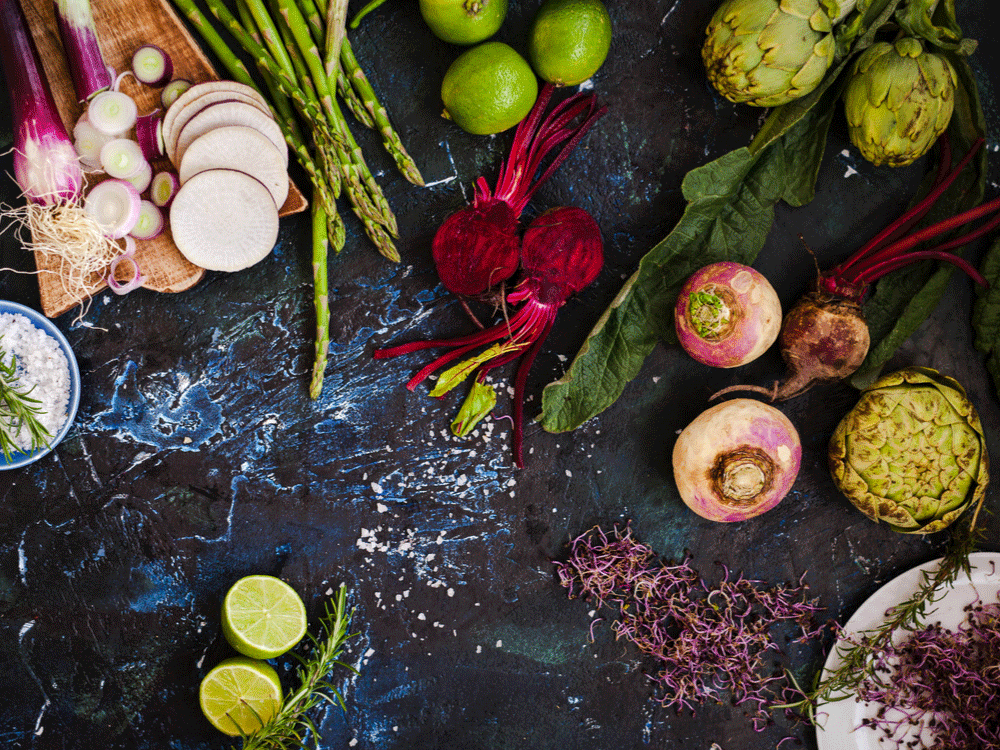
Food to eat in your 20s
Think that just because you’re young and your metabolism is in high gear that you don’t need to worry about nutrition? Think again, says Keith Kantor, PhD, nutritional scientist and CEO of NAMED, a program designed to help people conquer food addictions. “This is the critical decade for young adults; what you eat now sets the foundation and habits for a life of health or health problems,” he says.
What should be on the menu? Lots and lots of fresh fruits and veggies as these provide the nutrients your still-developing body and brain need. Aim to eat at least nine servings of produce a day, with a 3:1 ratio of vegetables to fruit, Kantor advises. It’s also important to drink plenty of water as it moves nutrients through the body, controls appetite and cravings, and boosts athletic and brain performance, he adds.
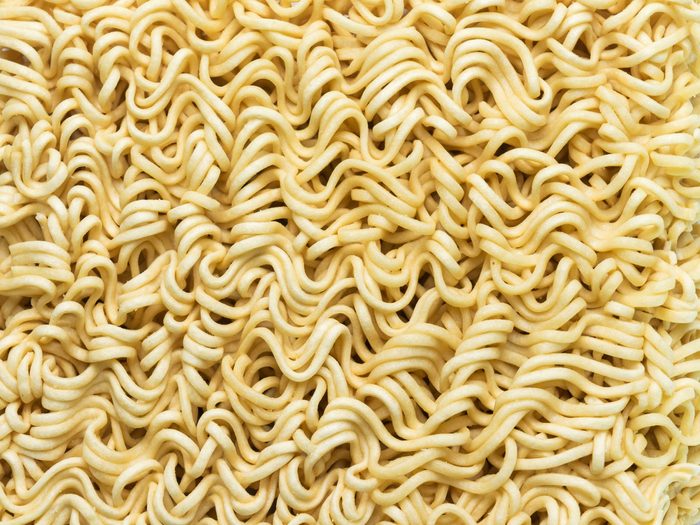
Food to avoid in your 20s
Bad news for college students everywhere: Dorm-room favourites like ramen, take-out, doughnuts, and soda are setting you up for a lifetime of health problems, Kantor says. It’s OK to have a treat once in a while but try to avoid deep-fried foods, pastries, and candy as part of your daily diet. It’s especially important to cut out sugary beverages like coffee specialty drinks, sodas, sports drinks, and even fruit juice (just eat the fruit instead), he adds.
There’s one more beverage that’s super popular in your 20s that you should avoid: Booze. This may be the decade of late-night cocktails and weekend-long parties but drinking too much alcohol can lead to disrupted sleep and unwanted weight gain, not to mention the damage you’re doing to your liver will haunt you for decades to come, says Ginger Hultin, a Seattle-based registered dietitian, nutritionist and Arivale coach.
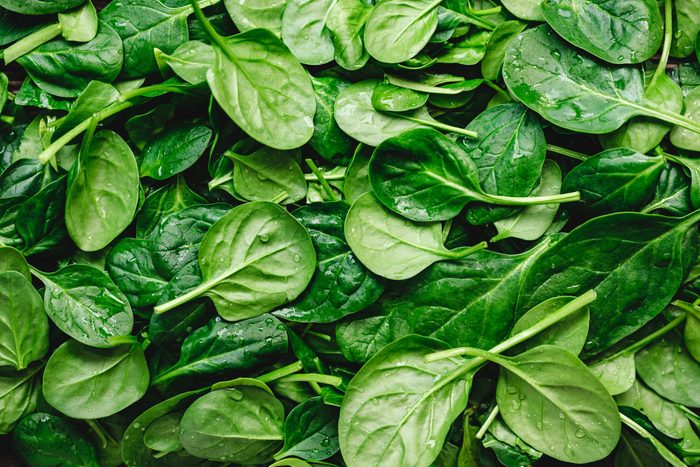
Food to eat in your 30s
The 30s are when most people start to feel their metabolism putting on the brakes and they begin to gain weight, Kantor says. To counteract this, make fibre your new best friend, loading up on dark leafy greens like spinach, kale, and avocados. Healthy fats from olive oil, nuts, and seeds, along with fibre, will help control your weight by keeping you full and reducing sweet or junk food cravings, he says.
Starting to see some wrinkles? Keep your skin and bones youthful by focusing on foods that support collagen, which naturally starts declining in the body around age 35. It’s not enough to eat collagen-rich foods, like bone broth, your body also needs vitamin C in order to make collagen so eat plenty of citrus, strawberries, broccoli, and bell peppers, Hultin says.
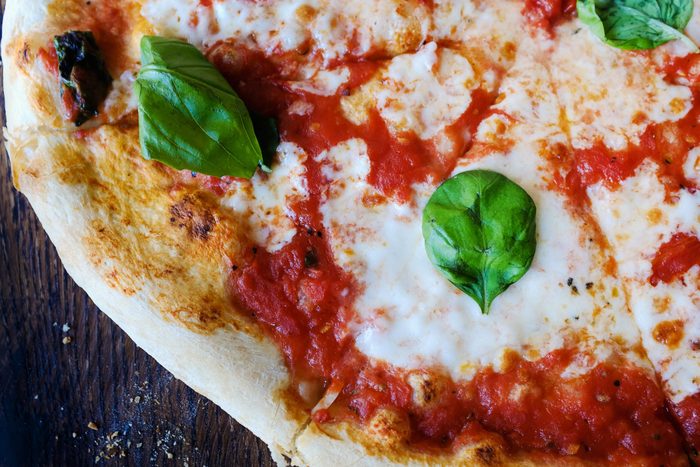
Food to avoid in your 30s
After a long, stressful day it can be tempting to grab a frozen pizza and unwind with a bottle of wine, but excessive alcohol and processed foods are your main enemies in your 30s, Kantor says. These foods may save a little time and provide temporary stress relief but in the long run, they’ll hurt your health, mentally and physically. Caffeine is another common crutch during this busy decade, and it’s hurting more than helping, Hultin says. “Caffeine in excess can be dehydrating and disrupt sleep, which is critical during busy and stressful periods of life,” she explains.
(The next time you’re craving coffee, try making this caffeine-free bevvy.)
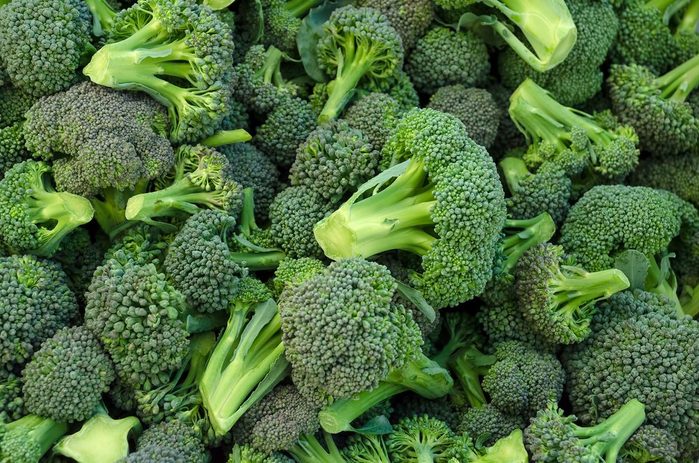
Food to eat in your 40s
Welcome to hormone hell, folks. The 40s are a gateway between the fertile years and middle age, and as your body prepares for this transition, expect your hormones to fluctuate wildly—especially estrogen and testosterone, Kantor says. Help stabilize your hormone levels by consuming cruciferous vegetables including cabbage, broccoli, cauliflower, Brussels sprouts, and kale as these have been shown to naturally help get rid of excess hormones and can help prevent cancer, he explains.
In addition, omega 3 fatty acids will help calm inflammation from stress, build up your immune system, and improve your skin, Hultin says. Get these from fatty fish like salmon, halibut, trout, anchovies, and sardines.
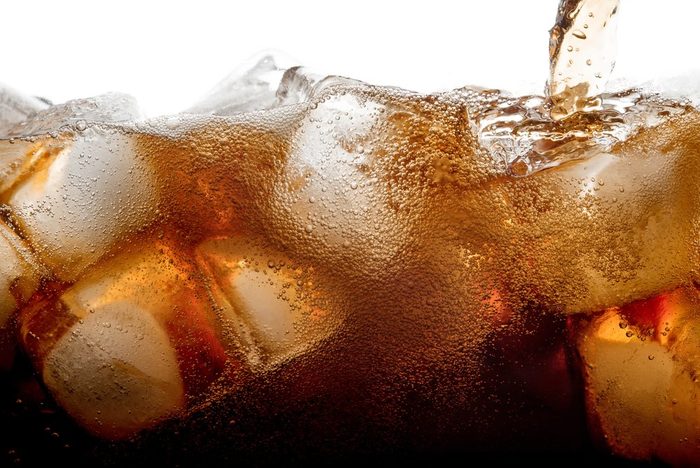
Food to avoid in your 40s
While you might have been able to indulge in junk food regularly in your 20s and 30s and not see too many ill effects, by the time you hit your 40s, you’ll notice feeling the effects a lot sooner. If you haven’t yet, this is the decade to wean yourself off of fast food, processed snacks, and especially sugar-filled soda, Kantor says.
Another thing to watch out for during this decade is your salt intake. Too much sodium is linked to high blood pressure, bloating, and weight gain. “Pay attention to nutrition labels,” Hultin says. “Most salt intake comes from processed foods like soup, pizza, breads, sauces, and frozen meals. Better yet, just eat whole, unprocessed foods.” Healthy eating doesn’t have to be complicated, especially if you learn these nutrition secrets.
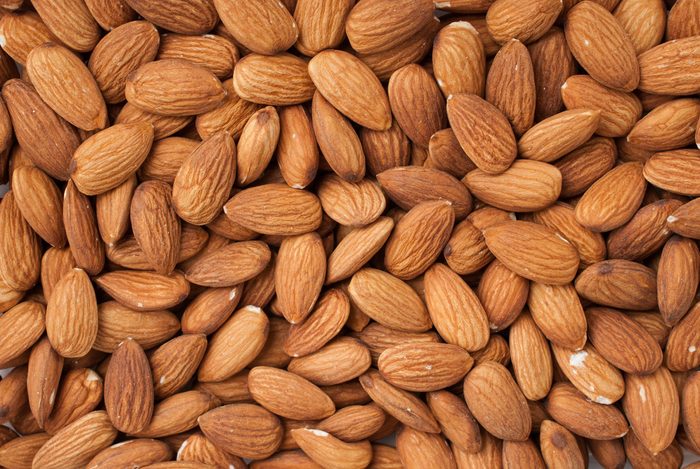
Food to eat in your 50s
The 50s are all about bone health—you’re not adding bone mass anymore and so you need to eat food to help maintain and preserve the bones you’ve got. How? Load up on calcium-rich foods including milk, white beans, salmon, sardines, dried figs, bok choy, kale, black-eyed peas, almonds, oranges, or turnip greens, Kantor says. Aim for two or more servings per day, he advises.
Fibre is also essential at this age, Hultin adds. Fibre makes you feel full, which can help regulate your appetite. It also plays an important role in lowering cholesterol levels to support heart health, decreasing your risk for cardiovascular disease—an important consideration in your 50s, she says. Fibre recommendations for women over 50 are 21 grams per day and 30 grams per day for men.
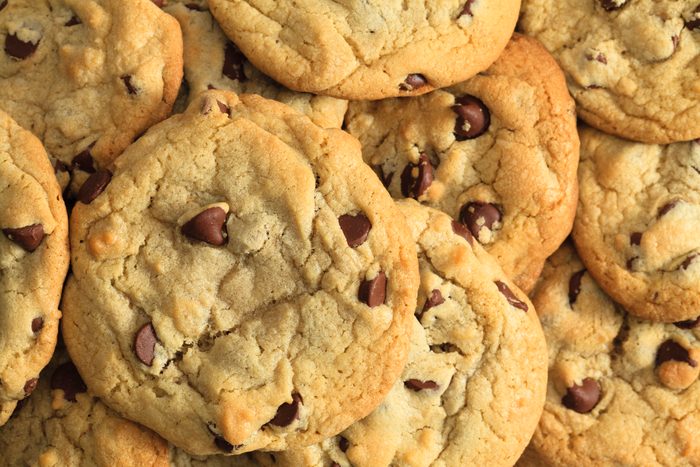
Food to avoid in your 50s
Most people know by now that sugar in excess is really bad for your health. Most of us also know it’s really delicious, too, and therein lies the problem. Instead of giving up every sweet thing in your life, Hultin recommends eliminating added sugars, like the kind found in candy, soda, juice, cookies, pastries, and other desserts. “Eating these kinds of foods also causes a surge of blood sugar and the insulin hormone, which can lead to diabetes and metabolic syndrome,” she says. Avoid the “sugar crash” by limiting sweets to naturally occurring sugars, like those found in fruit and dairy.
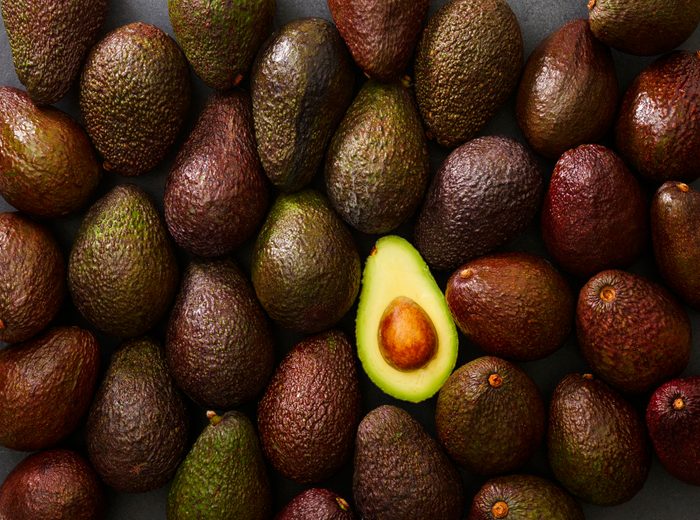
Food to eat in your 60s
Brain health should be the focus of your nutrition in your 60s, Kantor says. Because some research found that the human brain is 60 percent fat, start by adding a daily serving of coconut oil to your diet. It may prevent and manage dementia, adding that all healthy fats like avocados, nuts, and seeds help nourish the brain. Berries are also full of antioxidants, another nutrient that helps your brain and boosts your immune system while reducing your risk of the chronic diseases that can arise during this decade, he says.
Protein is another important nutrient, especially as you get older. Eating a serving of protein at every meal can help guard against muscle loss and maintain a healthy weight, Hultin says. “Think beyond meat and poultry to include fish and shellfish, beans, tofu, nuts, and seeds, which also include healthy fats, vitamins, minerals, and antioxidants,” she says.
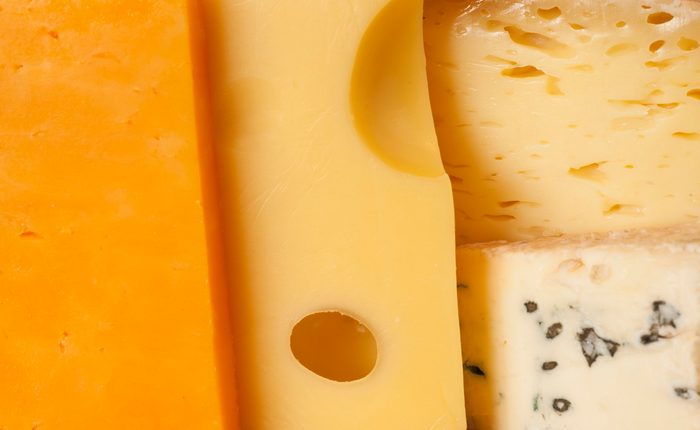
Food to avoid in your 60s
Heart disease is the second leading killer of both men and women in Canada, according to Health Canada. Guard against heart disease by cutting excess saturated fats out of your diet, Hultin advises. These are found mainly in animal products, dairy, palm oils, and processed foods.
Next, learn how strawberries can benefit your health.
